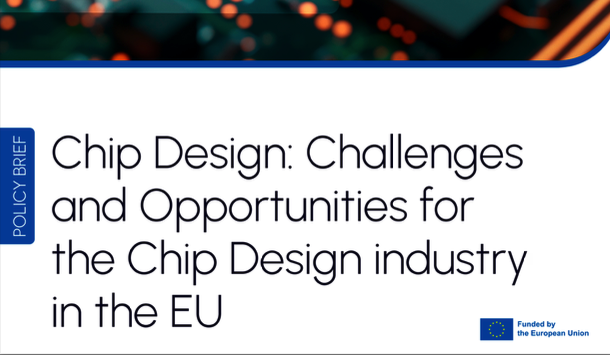
Policy Brief "Chip Design: Challenges and Opportunities for the Chip Industry in the EU"
ALLPROS.eu has released its second policy brief analysing the current state and the possible future of the EU's chip design sector. The brief focuses on the main challenges and opportunities by providing a detailed SWOT analysis, as well as a set of strategic policy recommendations for the EU policy-makers.
Chip Design is a crucial stage in semiconductor manufacturing giving a major role to electronic design automation (EDA) and intellectual property (IP) providers. Due to a high degree of specialisation and costs associated with chip design, another key player are the specialised design service companies, as well as original equipment manufacturers. As a result, the chip design market is influenced by several actors that shape its growth and development.
Focusing on the EU, competing with other international actors requires a coordinated and strategic approach. Firstly, the EU must navigate the same global trends and address the persisting skills gap. In regards to the latest, the Working Group on Skills launched by the Industrial Alliance on Processors and Semiconductor Technologies is actively working on tangible actions that would support the reinforcement of the EU's talent pool.
Next, it is vital to capitalise on the strengths, such as the well-developed R&D infrastructure, large scale technology parks and innovation hubs. Furthermore, Europe holds an advantage on the specialised markets, namely the automotive, industrial and IoT sectors. With these advantages on the niches, it is important to concentrate efforts on high-value, application-specific chips to command higher margins and establish long-term partnerships with key industry players.
Interested in learning more?
Download the new Policy Brief and obtain crucial insights for the semiconductor ecosystem!